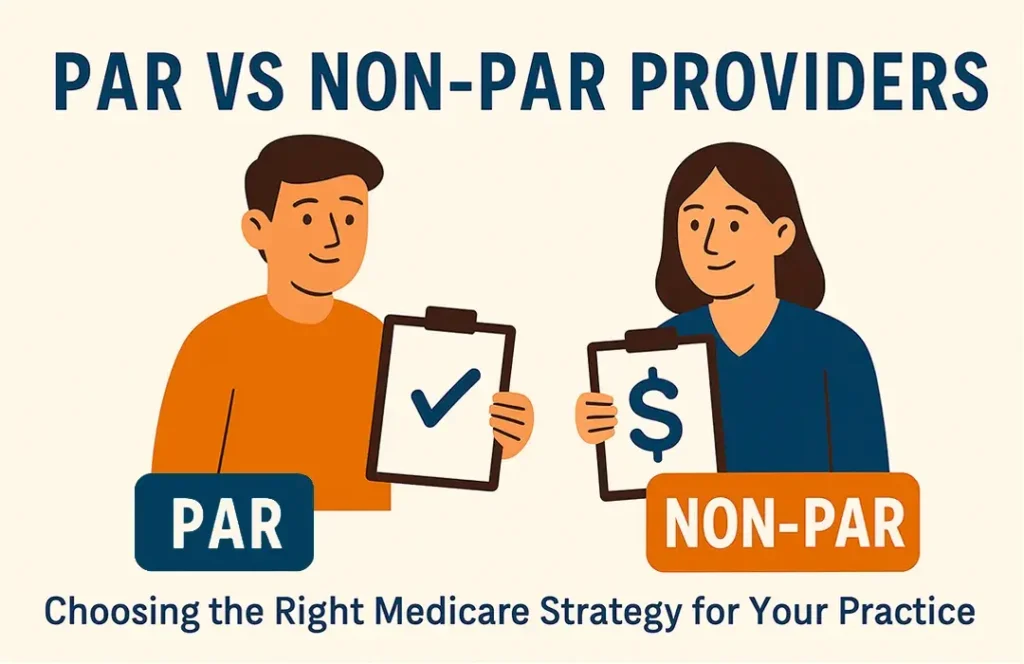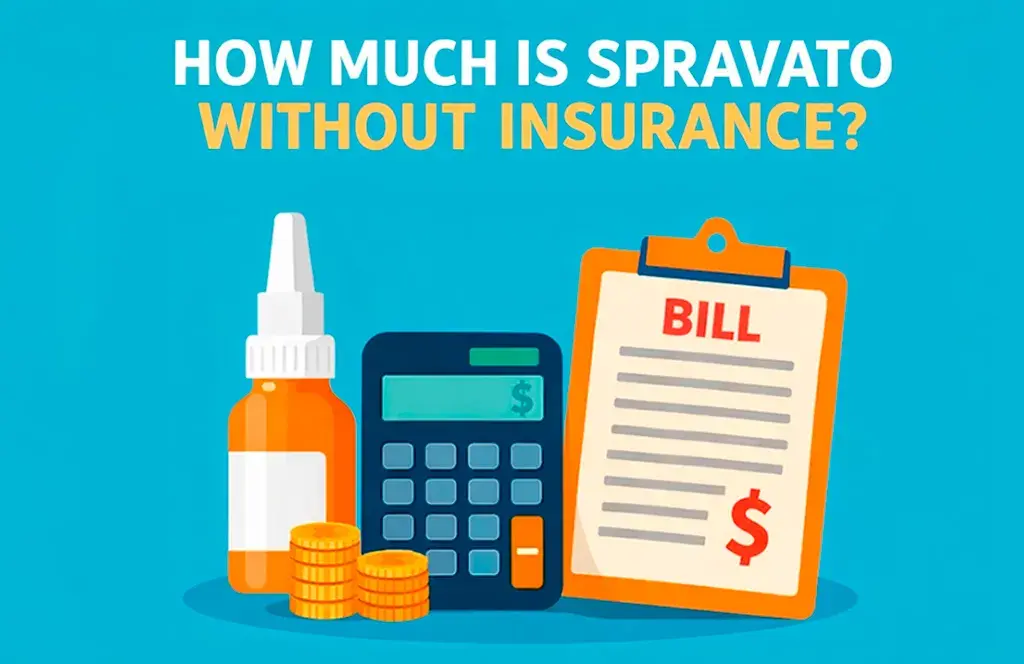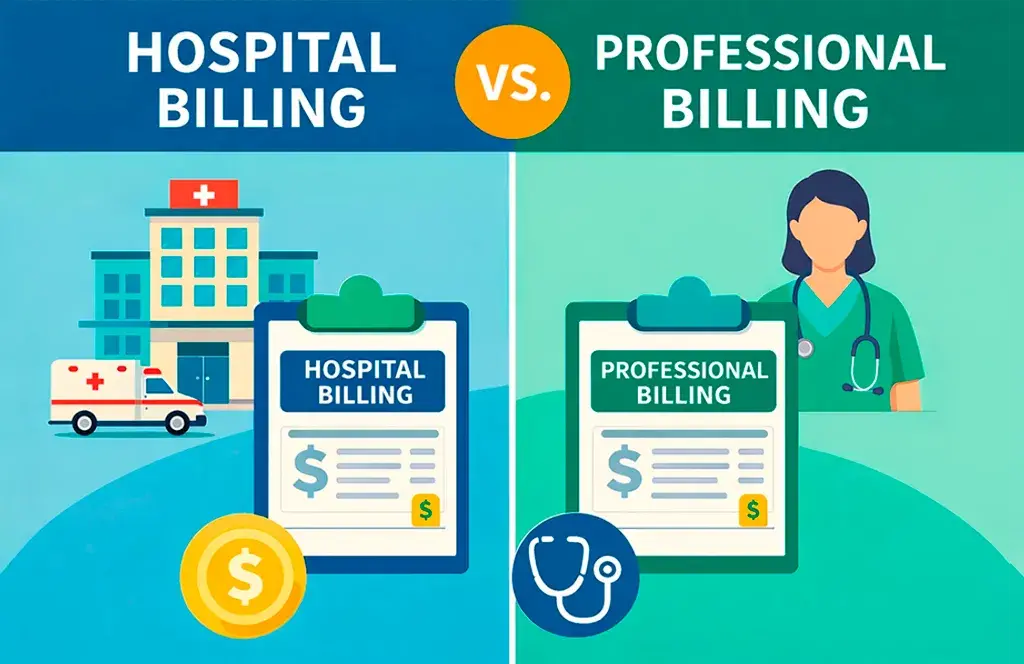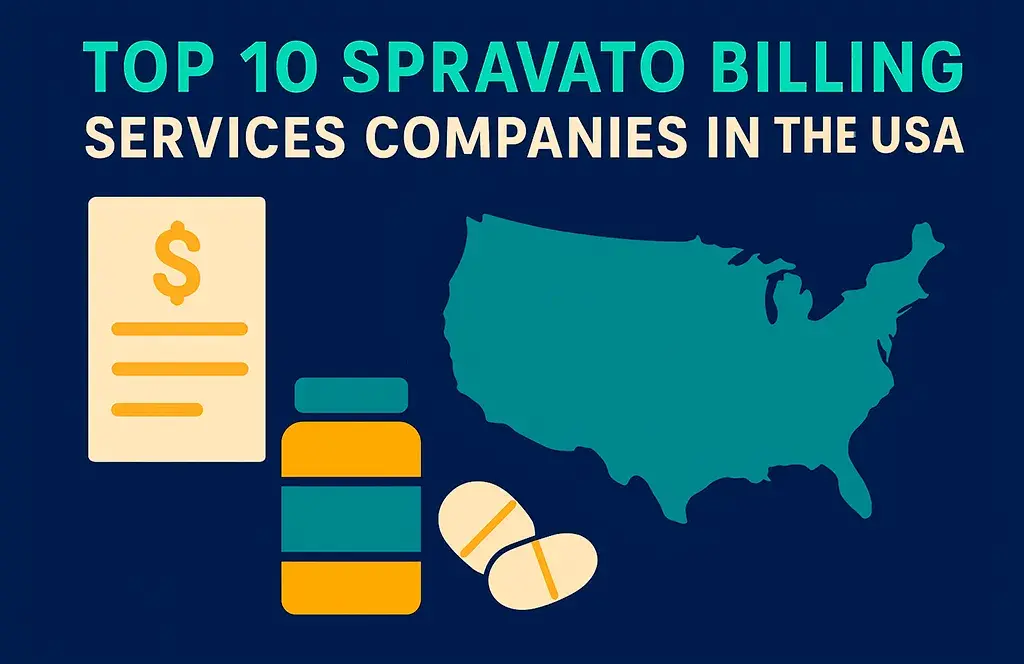Table of Contents
ToggleWhat Is the Difference Between PAR and Non-PAR Providers?
If you’re a healthcare provider navigating the Medicare system, this ultimate guide will help you understand the distinction between Participating (PAR) and Non-Participating (Non-PAR) providers. This decision directly impacts how you’re reimbursed, how much control you have over your fees, and how appealing your practice is to Medicare patients.
Let’s break down the essential differences, from reimbursement rates to administrative implications. This is especially important in the broader context of the healthcare industry, where clarity around provider contracts is crucial for financial health and compliance. Knowing the key features of a participating and non-participating provider helps ensure you make an informed and strategic decision.
What Is a Participating (PAR) Provider?
A Medicare Participating Provider is someone who signs a contract to accept Medicare’s approved payment rates for all services provided to Medicare beneficiaries. This includes:
- Accepting assignment: You agree to accept Medicare’s approved amount as full payment for services.
- Direct payment: Medicare reimburses 80% of the approved fee directly, and you collect the remaining 20% (coinsurance) from the patient or their Medigap plan.
- No balance billing: You cannot charge more than the Medicare-approved rate.
- Higher reimbursement: PAR providers receive 5% more than their Non-PAR counterparts.
- Administrative benefits: Faster Medigap claim processing, automatic crossover of claims, and directory listing in MEDPARD.
Benefits of Being a Participating Provider
Choosing to be a PAR provider offers more than just predictable payments. It comes with operational and marketing advantages that can help you grow your practice while minimizing patient friction.
- Predictable, streamlined payments
- Easier collections
- Preferred status with many Medicare beneficiaries
- Higher volume potential due to lower out-of-pocket costs
- PAR providers often attract patients with Medicare Advantage or Medigap plans
- Being in-network with Medicare can simplify eligibility verification for covered services
What Is a Non-Participating (Non-PAR) Provider?
A Non-PAR provider chooses not to sign Medicare’s participation agreement. Instead, they operate with greater flexibility in billing structure and patient contracts.
- Choose to accept or reject assignment on a claim-by-claim basis
- Charge up to 115% of Medicare’s non-PAR fee schedule (“limiting charge”) if you don’t accept assignment
- Get paid less from Medicare (95% of the PAR rate), with payment often going directly to the patient
- Set their own fees, within the Medicare constraints
When Non-PAR Status Benefits Your Medical Billing Strategy
Non-participation isn’t just about avoiding Medicare rules – it can be a strategy. For certain practice models, it may unlock flexibility and potentially greater earnings.
- Greater flexibility in billing and reimbursement
- Non-PAR providers can set their own rates
- Non-PAR providers may bill patients directly and collect at the time of service
- Opportunity to bill patients for services rendered that are non-covered services
- Useful for patients who choose out-of-network or specialized care not covered by insurance
- For some services not covered by insurance, non-par providers may still charge patients
PAR vs Non-PAR: A Quick Comparison
Here’s a side-by-side comparison of the two models to clarify how they differ:
| Feature | PAR Provider | Non-PAR Provider |
|---|---|---|
| Assignment | Required | Optional, case-by-case |
| Medicare Reimbursement | 100% of approved rate | 95% of approved rate |
| Balance Billing | Not allowed | Allowed up to limiting charge |
| Claims Submission | Mandatory | Mandatory |
| Payment Recipient | Provider | Patient (if unassigned) |
| Medigap Transfer | Automatic | Not automatic |
| Public Directory | Listed in MEDPARD | Not listed |
Example: How Medicare Reimbursement Works in Practice
Understanding the financial implications can be confusing without real numbers. Here’s a simple example using CPT code 90792:
- PAR approved fee: $168.00
- Non-PAR fee: $159.60 (95% of PAR)
- Limiting charge: $183.54 (115% of Non-PAR)
For a PAR provider:
- Medicare reimburses 80% of $168: $134.40
- Patient pays the remaining 20% as co-insurance: $33.60
- Total payment: $168.00 (no balance billing)
For a Non-PAR provider who doesn’t accept assignment:
- Medicare reimburses the patient 80% of $159.60: $127.68
- You may charge patients up to the limiting charge: $183.54
- Patient may have to pay more out-of-pocket: $55.86
This breakdown reveals how non-participating providers may receive less from Medicare but charge more overall, depending on the structure. Non-PAR status means they accept the trade-off of less predictability for potential for higher revenue.
Decision Guide for Healthcare Providers: PAR or Non-PAR?
This decision should be based on your practice goals, administrative capabilities, and patient demographics. Below is a breakdown to guide your evaluation. There’s no one-size-fits-all answer – it depends on several factors.
Choose Participating (PAR) Status If:
If your top priorities are simplicity, lower risk, and volume-based revenue, PAR is likely the better fit.
- You want predictable income with less billing complexity
- Your patient base is mostly Medicare beneficiaries
- You prefer quicker reimbursement and streamlined collections
- Becoming a participating provider helps build patient trust
- PAR providers agree to accept Medicare-approved fees
- Your services are primarily covered by insurance
- You’re dealing with patients who are less willing to pay large upfront amounts
Choose Non-Participating (Non-PAR) Status If:
Some practices benefit more from the flexibility and pricing autonomy offered by non-participation.
- You want more control over your pricing model
- You are targeting private-pay or niche service populations
- You are comfortable with slightly lower reimbursement from Medicare in exchange for potential higher patient payments
- You want to set their own rates or charge patients directly
- You’re okay with patients facing higher out-of-pocket costs
- You want to serve patients whose insurance plans reimburse out-of-network providers
Switching Status: What You Need to Know
Yes, you can change your Medicare participation status. Medicare allows providers to switch between PAR and Non-PAR once a year during open enrollment (typically mid-November to December 31).
You can also change within 90 days of getting your Provider Identification Number (PIN) if you’re a new enrollee. Providers must ensure compliance with any insurer or hospital agreements prior to making the switch.
How to Switch:
- From PAR to Non-PAR: Submit a signed letter on official letterhead to your Medicare carrier
- From Non-PAR to PAR: Complete and return CMS’s participation agreement form
Check whether your current insurance contracts or Medicaid services require specific status. Once a provider makes the switch, that status is generally binding until the next enrollment cycle.
Looking Beyond the Rates: What Really Matters
The Medicare participation decision isn’t just about numbers. It’s about how your practice operates, grows, and maintains long-term sustainability. The right choice supports your financial goals and improves patient care.
Whether you aim to simplify your revenue cycle or gain greater freedom in how you bill patients, the model you choose shapes your relationship with insurance companies and patients alike.
Make an informed choice by:
- Evaluating the share of services covered by insurance or Medicare Part B
- Estimating allowable fees and the maximum amount you can charge
- Understanding how insurance plans and deductibles impact patient responsibility
- Aligning your strategy with your unique goals and target patient population
If you need help, a qualified healthcare professional or medical billing consultant can help you make a confident decision that aligns with your practice model. In many cases, providers must weigh short-term gains against long-term patient satisfaction.
No status is permanent – but choosing wisely now can reduce out-of-pocket expenses for your patients, increase patient volume, and optimize your position within the Medicare claims system. Ultimately, your success depends on your ability to accept the amount Medicare allows and match it with your care delivery model.
Need help choosing between PAR and Non-PAR provider status? Contact Swift Medical Billing – we’ll guide you through every step of Medicare enrollment and billing.




